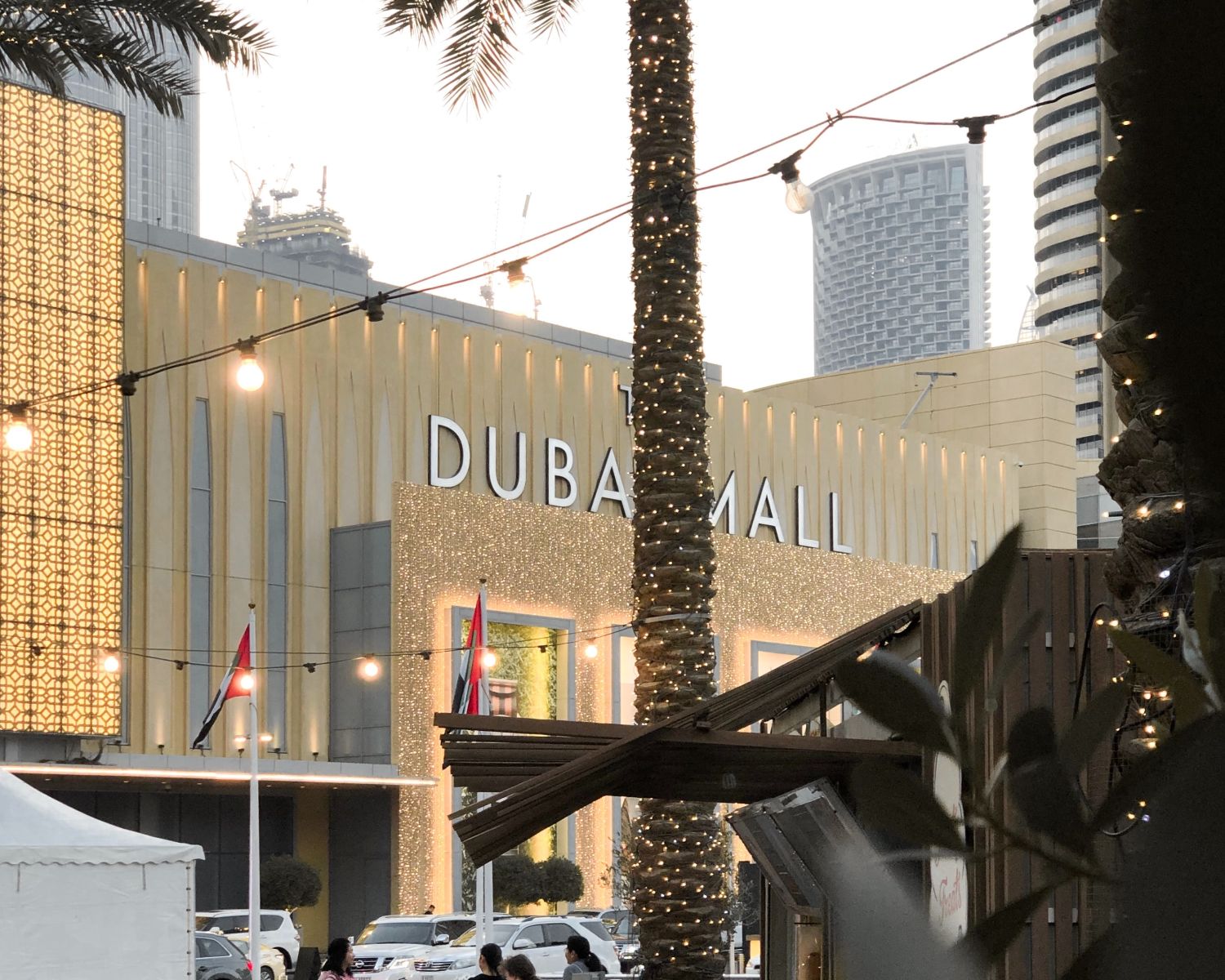Getting products into warehouses then out to customers has been a difficult challenge due to ever changing geopolitical events. Could technology play a part in changing behaviours?
In this series of features – originally published in the 2022 Global Ecommerce Region Report – DeliveryX looks at ecommerce logistics on different continents.
Middle East
The importance of shopping malls and the in-person experience in the Middle East had slowed the uptake of ecommerce in the continent for many years. Yet during the pandemic, consumers did move online in a shift that now seems unlikely to revert to the previous norm.
Growing wealth combined with digital-savvy shoppers across the region now provide an opportunity for e-tailers, especially those selling luxury goods. “The Middle East represents a big opportunity for luxury brands,” says Herve Ballantyne, consumer and industrial products leader, Deloitte (Middle East).
The continent ranks 9th in the luxury goods market, with leather goods and shoes being key sellers and accessories topping the Middle East market share for luxury items. The United Arab Emirates (UAE) alone features the market’s greatest segment, with a market volume of $553mn in 2020.
The UAE has become the heart of the luxury segment in the Middle East, with a major share of population (almost 90%) residing in the urban areas and increased per capita income. Dubai and Abu Dhabi comprise of more than 50% of the country’s entire population.
Furthermore, the geographical significance of the UAE – located between Oman and Saudi Arabia, on the shores of the Arabian Gulf, and on the Arabian Peninsula – has enabled it to become a global logistics hub. The UAE can therefore act as a connection between the growing economies of Africa and Southeast Asia with the established markets of Northern America and Europe.
A large chunk of online shoppers in the Middle East have also begun accepting cross-border products. Online shoppers in the UAE made 58% of their online purchases from overseas vendors in 2016. Improvements in gateway security, along with reliable and free shipping methods, have largely persuaded many buyers to purchase products from outside the region.
Well-developed logistics infrastructure across the continent is also helping to sustain the growing ecommerce demand, with ease of obtaining licences and better warehousing facilities providing high investment potential. Deloitte concluded the region’s ecommerce market looks poised for strong growth.
This feature originally appeared in the 2022 Global Ecommerce Region Report.
Read more: Africa’s ecommerce sector and logistics industry has the potential to really take off
While in Asia, warehouses are going up rather than out
And experts are now reporting negative impacts across the UK and Europe following Brexit










